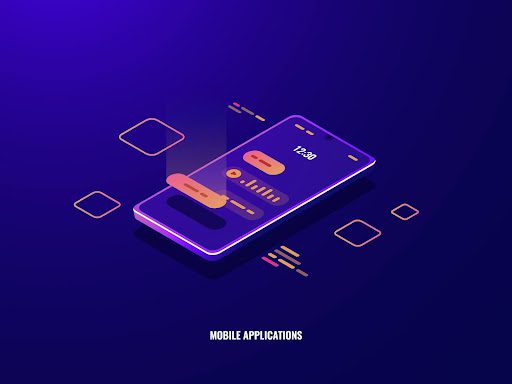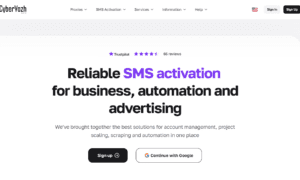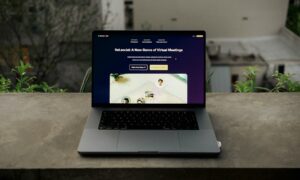Predictive UX slightly modifies what is displayed on a screen depending on what a person is likely to do and when they are likely to do it. It pays attention to timing, touch patterns, and typical actions, then brings forward the right things without being asked. This way, phones feel calm, responsive, and ready, so that daily tasks become less of a struggle and flow more smoothly.
Game Days Seem Ready Before the Kickoff
Sports news can be available anywhere at any time. A phone provides scores, game schedules, and highlights before a person even has to open an application. If a user always follows the same team, the phone will bring that team’s updates to the top. Streaming links and match alerts are shown automatically. When game day arrives, ticket recommendations appear along with driving and parking suggestions.
Some fans look at team statistics or betting markets immediately before a game. Apps are ready for that too. They show match odds, betting tools, and other tailored features depending on the team or league a person follows.
When fans look up Diamondbacks summer games or big Cardinals matchups, they often end up exploring Arizona sports betting apps. Many of these apps provide players with exciting perks, promotions, odds, and overall market variety, making sports betting a great experience for the average Arizona bettor. (Source: https://www.cardplayer.com/betting/arizona-sports-betting)
Personalised UX can make those options more readily available to people so that they don’t waste time searching.
Browsing Around Becomes Easier with Smart Screens
Phones make travel easier by predicting where a person is heading and how they want to get there. If the screen is aware of the work schedule, it could display the quickest route immediately after breakfast. It can load a map with traffic information, open the correct train timetable, or load a ride service app with no additional clicks.
The screen is dynamic depending on the person’s movement. Someone who bikes will have different recommendations than someone who drives. A person taking the bus or train is presented with alerts that are synchronized with changes or delays. That allows them to plan better without having to look through different apps.
By doing this in advance, predictive UX relieves the stress of the trip. It maintains a stable and clear travel itinerary without requiring the person to dig for tools or reminders.
Money Tools Are Delivered in a Timely Manner
When a banking app is opened, the most relevant information is displayed at the top. That might be a balance statement, a reminder of a bill, or a list of recent purchases. If a payment needs to be made, the screen aligns it immediately.
Spending tracking apps show the right options based on the time of day or the user’s location. If a restaurant is frequently visited, the phone may display offers or receipt information. Sending money through the app is faster if it recommends who to send money to based on past transactions.
The display can also be used to provide intelligent suggestions to enable better control of finances. Users have the ability to split expenses, view totals, or set simple goals.
Meals and Stores Can Occur in a Seamless Manner
When a person is hungry or needs to go shopping, their phone is prepared before they even open an application. It could open the usual lunch place, display the most-used grocery list, or suggest a delivery shortcut depending on time or location. If a person frequently checks food apps at noon, the phone brings those apps to the top of the list.
The app will remember and display certain snacks or meals that are viewed regularly. That means less scrolling and more time placing orders. Reward stores or pickup options can be mentioned with a simple reminder as someone walks by.
Phones can display recipes or timers in the kitchen when they detect motion. In stores, they bring up previous carts or offer coupons.
Workflows Are Aligned Without Additional Steps
Phones are now used as part of meetings, planning, and task tracking. After a phone conversation, the device may open a notes page or an email that needs to be completed. If the event is on the calendar, the next steps are displayed on-screen before the reminder sounds.
The most popular apps remain near the top while less-used ones are hidden away. A display can be modified according to the last event. Tasks line up in order. Once one is done, the next one appears. This keeps things running smoothly and prevents work from piling up throughout the day.
No Need to Ask, Phones Will Keep Up
Phones are like silent assistants that are ready to do what people want. Apps are arranged in the correct order. Buttons change based on the environment. Even the light or color of the screen varies according to the time or place.
There is less need to open menus or explore folders. Phones are learning what is most important and bringing it forward when it matters most. The design is intelligent but never overwhelming. It honors attention and allows the person to stay focused.
Predictive UX is all about getting ahead of the curve, as if the phone is already moving before the first tap. As a result, every moment spent with the screen feels like it fits.





























